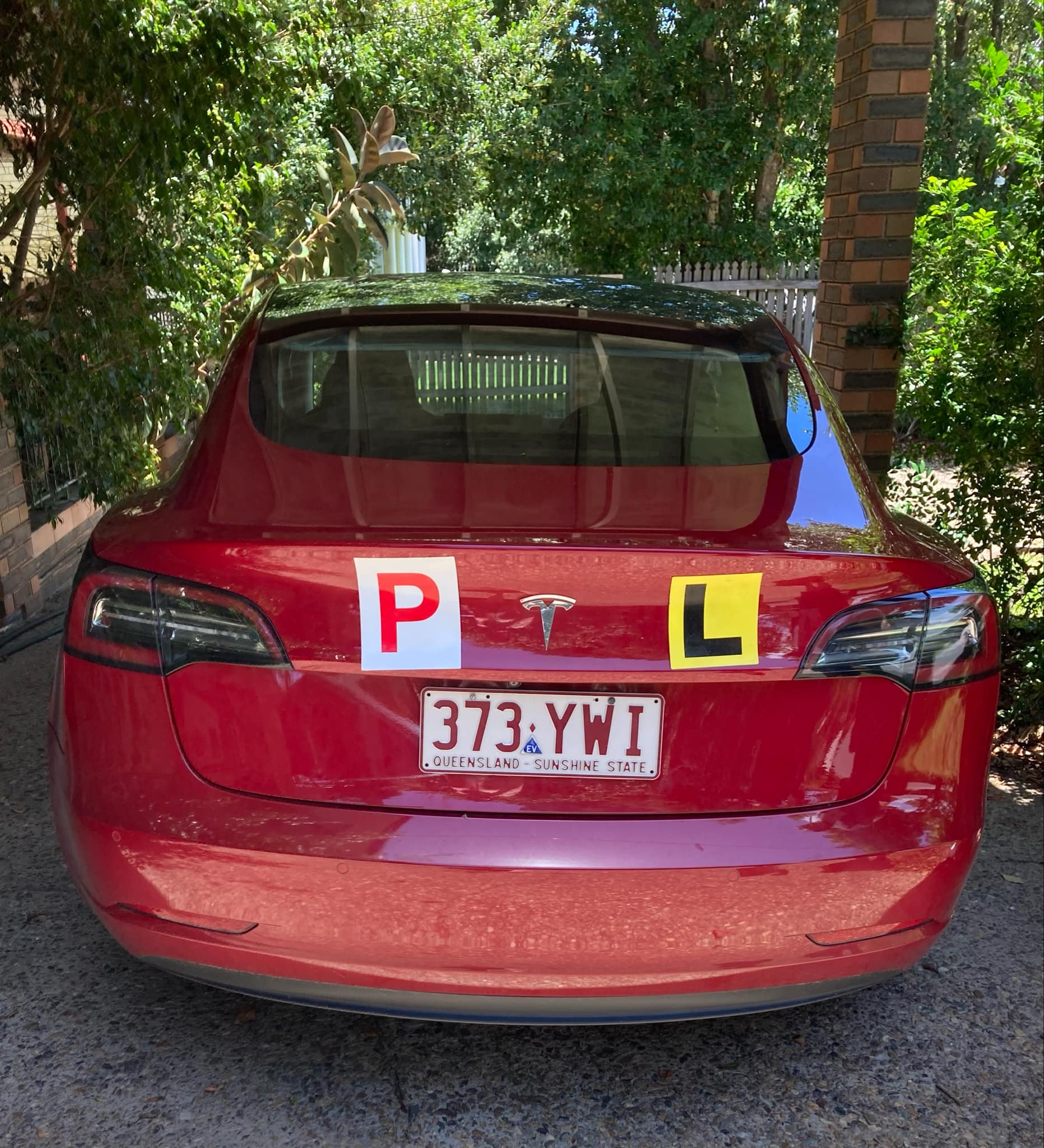Sign up for daily news updates from CleanTechnica on email. Or follow us on Google News!
Electric vehicles are good, but they can always be better. That’s the motivation behind the big news about Hyundai’s newly announced partnership with the advanced materials firm Toray Industries. The two companies are mum on the details, but a quick look at Toray’s product lineup indicates that carbon fiber is in play, and that could be, well, interesting.
Carbon Fiber For The Electric Vehicle Of The Future
Carbon fiber is strong and lightweight, making it an ideal material for electric vehicles and other applications where weight aligns with energy efficiency.
On the down side, the electric vehicle angle could prove problematic. After all, electric vehicles are supposed to be saving the planet from fossil fuels, but carbon fiber is a petrochemical-based material with an energy-intensive fabrication profile.
“Carbon fiber filaments are typically made from a precursor polymer that commonly uses polyacrylonitrile (PAN) as the raw material,” explains the US Department of Energy. “During carbonization, the fibers are heated to very high temperatures to help release non-carbon atoms,” they add.
Nevertheless, it is the longstanding opinion of the Energy Department that the road to a green future is paved in carbon fiber. “Carbon fiber is a key ingredient to our energy future. This lightweight, ultra-strong material can help make clean energy technologies more efficient, durable and reliable,” they gushed back in 2014.
“Reducing the weight of vehicles can greatly improve fuel efficiency in cars and trucks on our nation’s roadways,” they added. “In fact, innovative carbon fiber composites could reduce passenger car weight by half and improve fuel efficiency by nearly 35%.”
Make That Sustainable Carbon Fiber For The Electric Vehicle Of The Future
The Energy Department’s confidence in the green-ability of carbon fiber reflects an effort to push petrochemicals out of the carbon fiber supply chain. The Energy Department has been scouting around for a more sustainable, biobased supply chain since at least 2013. In 2018, the Energy Department’s National Renewable Energy Laboratory reported on a new biobased process to produce acrylonitrile, the precursor of polyacrylonitrile.
“The process is fundamentally different from the ammoxidation chemistry used in industry to produce acrylonitrile today,” the NREL explained. “Unlike ammoxidation, which uses propylene from petroleum or natural gas, nitrilation can take advantage of the functionality present in bio-based feedstocks—such as the oxygen present in the plants—to produce fewer toxic byproducts in a safer reactor environment with simpler catalysts.”
“More than 7 billion kilograms of ACN [acrylonitrile] are produced globally each year. Also commonly used to make acrylic fibers for clothes and carpets, ACN derives from an energy-intensive, petroleum-based process that produces hydrogen cyanide as a toxic byproduct,” NREL also notes.
The Long Road To The Sustainable Car Parts Of The Future
Progress has been continuing on the research side of things, one recent example being a sorhgum-derived carbon fiber reported by a research team at Texas A&M University. However, unless we missed something, a quick path to commercialization for biobased carbon fiber has been slow to emerge. So, it’s not surprising to see that Toray is not offering any carbon fiber product made from plants, at least not yet.
If and when they arrive, the impact on the global carbon fiber market will be substantial. Toray pioneered the commercial production of polyacrylonitrile-based carbon fibers, originally for use in the aerospace industry going all the way back to 1971.
“Toray is the largest carbon fiber manufacturer in the world with a global capacity of 29,100 metric tons per year of TORAYCA™ carbon fiber produced in the United States, Japan, France, and South Korea,” the company says of itself.
Toray is unlikely to mess with a winning formula unless the replacement for petrochemicals performs up to snuff. In the meantime, the company has partnered with the Tsusho branch of Toyota Group to develop an energy efficient system for recycling pre-consumer carbon fiber scrap recycling.
Recycling carbon fiber is notoriously difficult, but the process is improving. In 2022, for example, NREL reported on a carbon fiber formula that includes biobased epoxies, designed to be recycled at room temperature without sacrificing quality.
The company is also planning ahead for a pivot into sustainable feedstocks. Last year Toray announced the establishment of a new advanced materials research center at its Nagoya Plant in Japan, aimed at accelerating “green transformation and advanced mobility.”
“The company recognizes the need to focus on eco-friendly materials while pursuing functionality for the economy to become sustainable,” Toray explained.
The Competitive Electric Vehicle Of The Future
As for Hyundai, the company anticipates that Toray will provide it with an edge over the competition, sooner rather than later.
“Hyundai Motor Group aims to leverage this strategic partnership to strengthen its position as a global leader in mobility solutions,” said the President and Head of Hyundai’s software-defined vehicle division, Chang Song.
“By combining our automotive expertise with Toray Group’s material technology prowess, we aim to become the first mover and gain a competitive edge in the global market,” he added.
Among other items on the R&D checklist, Hyundai anticipates that the collaboration will yield new fiber-reinforced polymer parts for electric vehicle motors as well as batteries.
Hyundai is far from the only automaker to recognize the value of incorporating more sustainable materials into the electric vehicle manufacturing stream. Ford, for example, has been exploring recycled and recovered materials for various parts, including waste plastic from the ocean and dandelion-derived rubber for tires.
Volvo is another example. The company has partnered with the Swiss firm Bcomp to introduce flax-based composites into its electric vehicle lineup.
Meanwhile, if plant-based carbon fiber doesn’t hit the electric vehicle market any time soon, it could show up in other areas. The German Institute of Textile and Fibre Research and the firm TechnoCarbon, for example, are exploring a combination of stone, carbon fiber, and biochar as a building material.
One can always hope, though. Keep an eye on motorsports for the latest innovation. Last year, for example, McLaren laid claim to the first use of recycled carbon fiber in an F1 car.
“Many outside of McLaren were initially sceptical of the MP4/1’s carbon fibre chassis,” the company reported on October 19 of 2023.
Oh well, baby steps. If you have any recent news about plant-based carbon fiber for the automotive market, drop us a note in the comment thread.
Follow me @tinamcasey on Bluesky, Threads, Instagram, and LinkedIn.
Photo: Hyundai is seeking new materials for its electric vehicle lineup (courtesy of Hyundai).
Have a tip for CleanTechnica? Want to advertise? Want to suggest a guest for our CleanTech Talk podcast? Contact us here.
Latest CleanTechnica.TV Video
CleanTechnica uses affiliate links. See our policy here.





